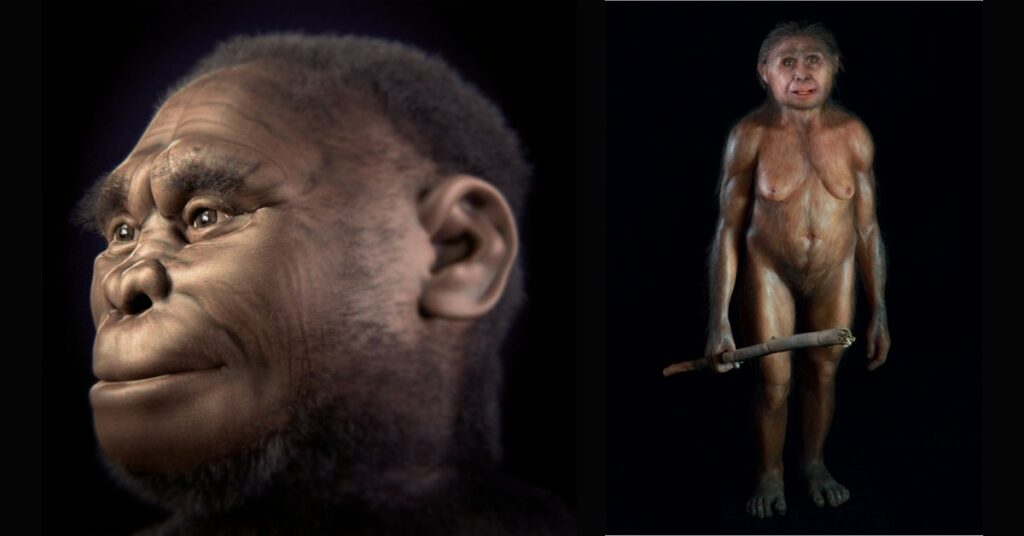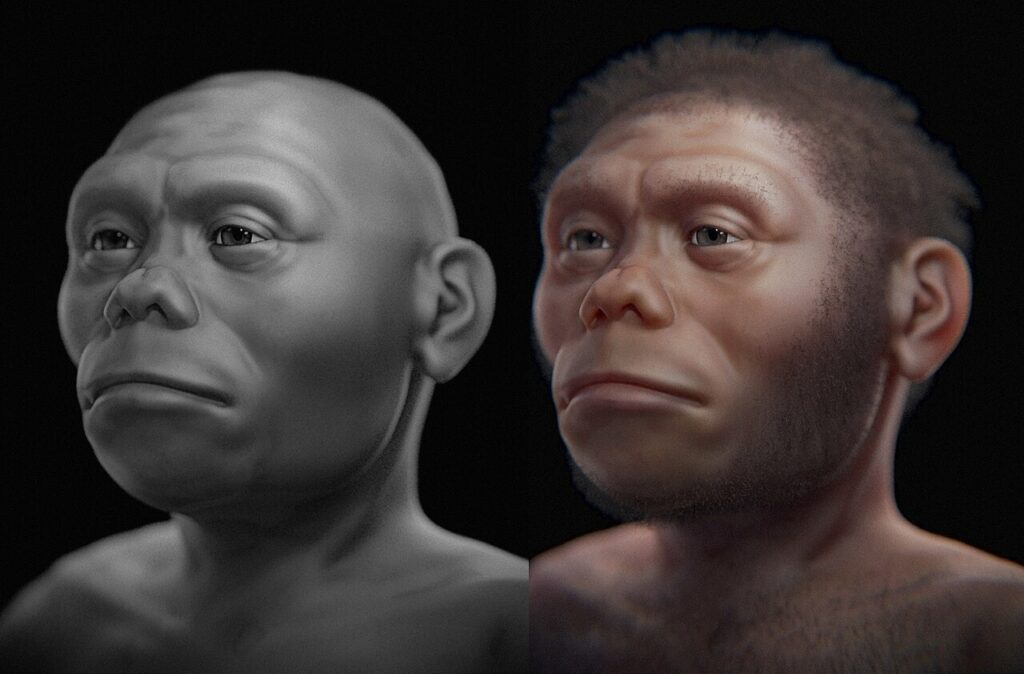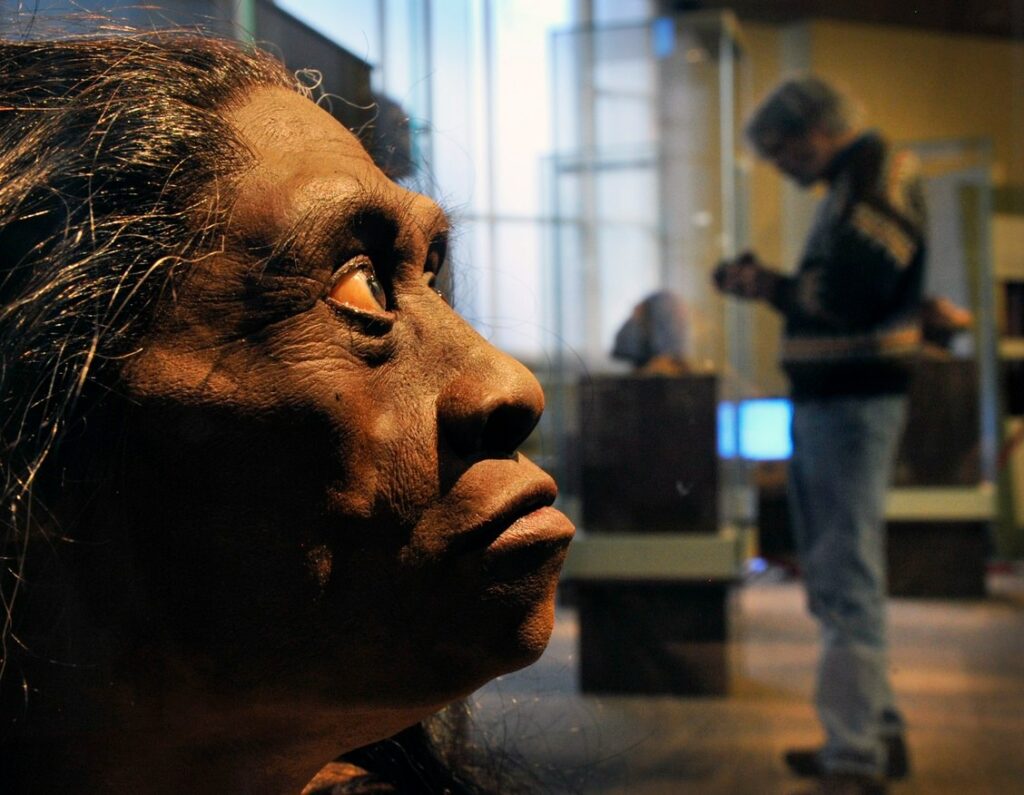
The Indonesian island of Flores has long captivated scientists and adventurers alike. It was here, in 2003, that archaeologists made a groundbreaking discovery: the remains of a diminutive human species, dubbed Homo floresiensis or the “Hobbit.” Initially believed to have gone extinct around 12,000 years ago, recent research pushed this timeline back to approximately 50,000 years.

However, a retired anthropology professor from the University of Alberta is now making a startling claim: the Hobbit may not be extinct after all. Gregory Forth argues that Indigenous knowledge and eyewitness accounts point to the possibility of this ancient human species still surviving in the remote forests of Flores.

In his upcoming book, “Between Ape and Human,” Forth delves into the Lio people’s folklore, which includes stories of “ape-men” inhabiting the island. These creatures are described as having a humanoid appearance but lacking the complex language and technology of modern humans.

Forth suggests that these accounts could be evidence of a surviving population of Homo floresiensis. He draws parallels between the Lio’s descriptions and the physical characteristics of the Hobbit, suggesting that the species may have adapted to its environment over time.

While the scientific community remains skeptical, Forth’s theory challenges the prevailing understanding of human evolution. If proven true, it would revolutionize our knowledge of the diversity of life on Earth and the potential for undiscovered species to exist in even the most remote corners of the planet.


As researchers continue to explore Flores Island and gather more evidence, the mystery of the Hobbit’s fate remains a captivating subject that could have far-reaching implications for our understanding of human history.

Leave a Reply